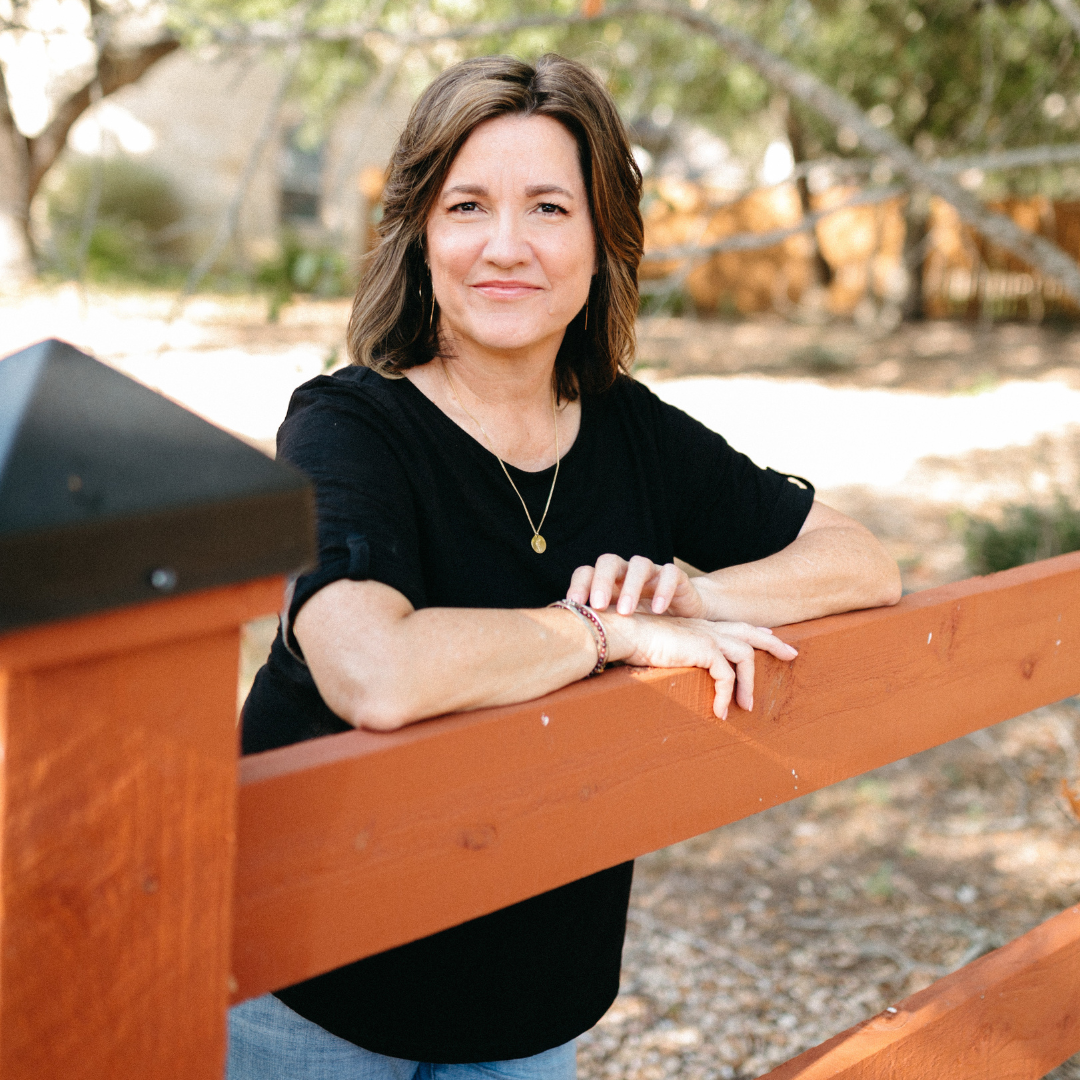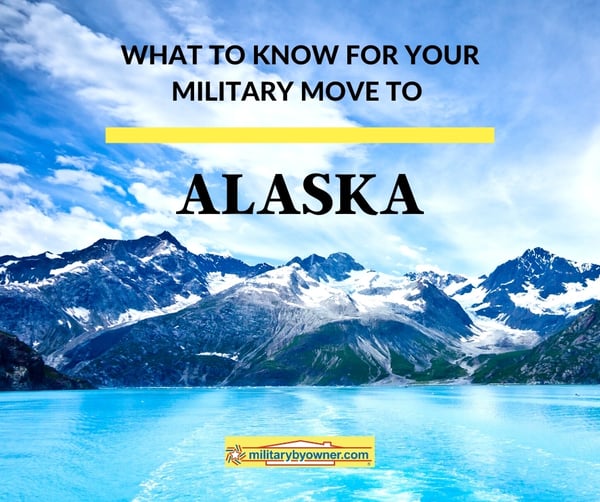Common Questions About PCSing to Alaska
Is the military sending you to Alaska? If so, congratulations! You’re about to experience one of the most incredible duty stations. Whether this is your first assignment or you’re experienced with PCSing, Alaska offers unique outdoor adventures, stunning scenery, and military-friendly communities that make life exciting for the whole family. An assignment to Alaska consistently ranks at the top of military PCS dream sheets.
For families making a PCS move to Alaska, it’s helpful to know what to expect, from travel options and winter driving tips to cost-of-living differences and what to pack. This post will answer questions to help make your Alaska PCS military move smooth and enjoyable, with insights from families who’ve lived it.
Where are you headed in Alaska? Some of the military installations in Alaska include:
- Clear Space Force Station
- Coast Guard Air Station Sitka
- Coast Guard Base Ketchikan
- Coast Guard Base Kodiak
- Coast Guard Sector Anchorage
- Coast Guard Sector Juneau
- Eielson AFB
- Fort Greely
- Fort Wainwright
- Joint Base Elmendorf-Richardson
If you've never been to Alaska, you'll have questions before you move. We're covering a few of the common ones here with input from military families who've lived there. For even more detailed information, check out our extensive resource: What to Know for Your Military Move to Alaska.
1. How will I get to Alaska when PCSing?
There are three ways to get to Alaska: fly, drive, or ferry (ferry departs from Washington state), or a combination of the above. How you travel will be determined by the time of year you’re moving and where you’re coming from. From the end of September through mid-April, it's recommended that you fly, unless you’re experienced in driving in severe winter conditions.
For those wishing to drive, particularly in the summer months, take a look at the Mile Post Magazine and the Facebook group, Driving the Alcan – Alaska Canadian Highway, for tips and advice, maps, travel planning, lodging, gas stations, and more.
2. Should I worry about the cost of living in Alaska?
Alaska can be an expensive place to live. For instance, the cost of living in Fairbanks is 21% higher than the national average. However, military members stationed in Alaska will see an increased BAH, and will also get an overseas COLA (Cost of Living Allowance), which should help compensate for the increased costs.
Find your Alaska BAH rates with this military BAH calculator.
Military spouses and family members should note that most employers pay a higher wage due to the cost-of-living difference compared to the lower 48 states. Alaska also has no state income tax and no state sales tax, which can make the transition easier for families PCSing to Alaska.
Looking for a home in Alaska? Start your home search with MilitaryByOwner:
3. Are engine block heaters necessary for my vehicle?
One common question when moving to Alaska is whether engine block heaters are necessary for your vehicle. At JBER in the Anchorage area, the answer is most likely no. Adequately warming up your car and running the engine before travel should be sufficient. For those making a military PCS move further north to the Fairbanks area, Fort Wainwright, or Eielson AFB—yes, you’ll likely need an engine block heater.
Those who've been stationed in Alaska advise that you get the block heater installed on your vehicle before PCSing to save some money. Even if you’ll be traveling to Alaska in the summer months, installation and parts will be cheaper than if you wait until you arrive.
On another note, it’s in your best interest to have a vehicle with AWD or FWD. The roads are maintained during the winter, but expect snow and ice as the norm from October through April. There may be breaks in weather where the roads are clear, but it’s expected that vehicles will be studded, have snow tires, or chains through April 15.
 Photo by shippee from Getty Images via Canva.com
Photo by shippee from Getty Images via Canva.com
4. What should I know about driving in winter in Alaska?
Budgeting for extra drive time is a must in winter. Keep the gas tank half-full at all times, winter especially. If you’re not comfortable or experienced in winter driving, practice driving in closed, empty parking lots. You’ll need to allow extra time for braking, and most Alaskans will keep a good distance between cars while driving for this reason.
In winter, you'll want to keep a snow shovel and a bag of sand or kitty litter in the vehicle, along with a tow rope. In the event the vehicle becomes stuck, these items may make the difference in pulling the vehicle out or needing rescue.
5. Is Alaska always dark in the winter? Does the sun really never set in the summer?
There are towns in Alaska that live in complete darkness for months during long Arctic winters, but if you're stationed near Anchorage, know that Anchorage is not one of them. While the days will shorten during winter, Anchorage will still enjoy daylight for five to six hours, even in the winter.
On the plus side, by April the days stretch to twelve and thirteen hours of daylight. By July, it’s not uncommon to enjoy a sunset at 11 p.m. This can cause the summer months to feel hotter than they are, along with seeing phenomenal plant growth.For example, the Alaska state record pumpkin weighed 2,051 pounds!
6. Can you see the northern lights in Alaska?
The best time to see the northern lights is between mid-September and late April. They're seen through the state, but are most visible in the Arctic and Interior regions.
7. What time is it in Alaska?
Almost all of Alaska observes Alaska Standard Time (AKST) with Daylight Saving Time (AKDT). Alaska follows the same Daylight Saving Time (DST) schedule as the rest of the U.S.
Parts of the Aleutian Islands use Hawaii-Aleutian Standard Time (HAST) and Hawaii-Aleutian Daylight Time (HADT) during DST. (Source: timeanddate.com)
This means that the majority of Alaska is one hour behind the Pacific Time Zone.
 Photo by Rustic Wanderlust from Getty Images Pro via Canva.com
Photo by Rustic Wanderlust from Getty Images Pro via Canva.com
8. What clothing will I need in Alaska?
You’ll likely save money by buying essential winter gear before you move.
At a minimum, bring a heavy, warm coat for each family member, fleece and rain jackets, gloves, hats, and water-resistant shoes. Many choose to buy heavy winter boots (and shoe spikes, also called “tire chains”) in Alaska, as there’s usually a wide selection and weather ratings available.
In the Fairbanks area, winter gear must provide both warmth and water repellency. Snow is drier, and temperatures are much colder than along the coast. One military spouse noted she could literally sweep the snow instead of shoveling it. Although you can usually go outside for activities like cross-country skiing and snowshoeing, Fairbanks can get extremely cold. It's near the town of North Pole, after all!
Tip for families PCSing to Fairbanks or Eielson AFB: Layering is your best friend. Thermal underlayers, insulated outerwear, and waterproof boots will make winter far more manageable.
Get more tips on what to bring with you in your Alaska PCS move.
9. Will I see bears and moose in Alaska?
The short answer is yes, along with lots of other wildlife. Get extensive info on how to safely prepare for wildlife encounters in Alaska. Your military installation will likely have a mandatory brief regarding wildlife during inprocessing.
10. Why do people love living in Alaska?
Many military members choose Alaska for their retirement, especially in the Anchorage area near JBER. The Anchorage area is very military friendly, and offers veteran medical care through the VA Hospital, which shares medical facilities with the JBER medical group.
People mention the unparalleled natural beauty, year-round outdoor activities, and abundant opportunities for hunting, fishing, and camping as reasons they love Alaska.
Moving to Alaska for your next assignment is an adventure like no other. Families PCSing to Alaska will find a supportive military community, amazing outdoor opportunities, and a unique way of life that’s hard to beat.
For more detailed information and resources before your military PCS to Alaska, check out our full guide (click the image below): What to Know for Your Military Move to Alaska. Your next adventure awaits!






